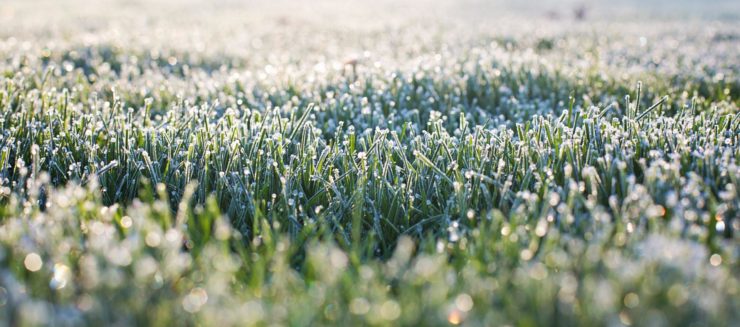
Prepare Your Garden For Frost: A Simple Guide
It’s easy to get caught off-guard by frost, especially when temperatures fluctuate widely in the fall. When you prepare your garden for frost, it ensures you can make the most of your garden, grab any last harvest, and avoid any damage before winter rolls in.
Use this simple guide to figure out what to do when the first hints of frost hit the ground.
Drain and coil all hoses. Straighten your hose down your driveway (or any downward slope) to help drain it. Stand at the top of the hill as you wind it up, and store all hoses in a frost-free location to extend their lifespan.
Shut off water to hose bibs. Once turned off, drain any water left in the line. Insulate spigots with covers if necessary.
Move houseplants indoors. Most houseplants should already be indoors the when the low temperatures hit the mid-40s and 50s. If you are tempting fate, make sure to cover plants with plastic, newspapers, straw, or old bedsheets.
Cover garden plants. Using the above advice, cover garden plants that are still producing. Remove the cover once the temperature is out of danger of frost to avoid “cooking” the plants mid-day.
Harvest what you can of summer. Your remaining peppers and tomatoes can be ripened indoors, and your pumpkins and winter squash should be picked before the frost turns them to mush. Remember to leave at least a 1” stem on all squash.
Leave some veggies to chill. Brussels sprouts, carrots, mustard greens, and kale should experience some frost as it enhances their flavor. Keep an eye out for these cold weather vegetables, and pluck when they are ready.
Wait for the bulbs. Let frost kill tops of bulbs like tuberous begonia, dahlia, elephant’s ear, and canna. Afterwards, dig them up, remove soil, and place them in dry storage for winter.
Leave perennials alone. They come back every year on purpose, and they know what they are doing. You can give them a hard prune if you want, or leave them for the birds and winter interest.
Get tilling. It’s a good idea to till your vegetable garden just before a hard freeze to expose the insects that have burrowed in for winter.
Have any other frost-ready tips you’d like to add?